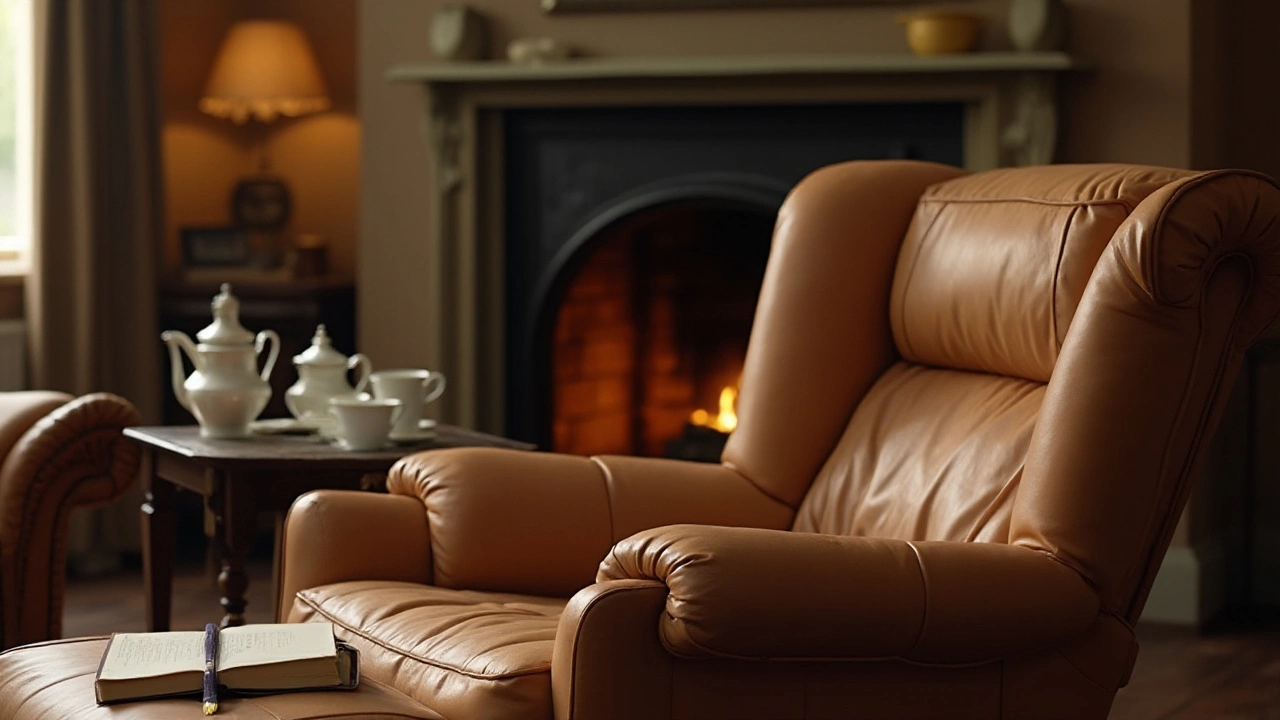Furniture Durability: Simple Ways to Pick Pieces That Last
Ever bought a sofa that looked great but fell apart after a year? You’re not alone. The secret to staying happy with your furniture is knowing what makes it tough. Below you’ll find the basics that apply to any piece – whether it’s a living‑room sofa, a patio set or a sofa bed you pull out for guests.
Start with the Frame
The frame is the backbone of any chair or table. Hardwood frames, especially oak or beech, give you decades of strength. For sofas, look for hand‑knit joints or dowel connections instead of cheap staples. A solid frame will keep the cushions in place and prevent sagging. If you see a sofa advertised with a “soft wood” frame, think twice – those often wobble after a few months.
Choose the Right Upholstery
Upholstery decides how well a piece handles spills, pets and daily wear. Leather is naturally resistant to stains, but only top‑grain leather holds up for years without cracking. For fabric sofas, high‑density foam cushions and tightly woven fabrics such as microfiber or heavy‑weight cotton do the best job. When you read a review that mentions “high‑density foam” you can trust the sofa will keep its shape longer.
Patio furniture faces the toughest test – sun, rain, snow and wind. Materials like powder‑coated aluminum, teak and synthetic wicker (resin) are proven to resist rust and rot. If you’re hunting for outdoor pieces, ask the seller about UV‑protected finishes. A quick‑dry powder coat on metal stops the rust that ruins cheap steel frames within a season.
Sofa beds have an extra moving part, the pull‑out mechanism. Look for a sturdy metal or wood frame and a smooth, reinforced hinge. A sofa bed that creaks or sticks after a few weeks likely has a low‑grade mechanism that will fail long before the cushions wear out.
Maintenance matters as much as the original build. Simple habits like rotating cushions every three months, wiping down leather with a damp cloth, and using protective pads under heavy décor can add years to a piece’s life. For outdoor sets, rinse them with a hose at the end of the season and cover them with a breathable cover to keep moisture out.
When shopping online, use the product description’s keywords as clues. Phrases like “hardwood frame”, “high‑density foam”, “powder‑coated aluminum” or “UV‑protected resin” usually signal durability. Pair those with reviews that mention long‑term performance – that’s the sweet spot.
Finally, don’t forget the value of a reputable brand. Companies that stand behind their warranty and have a clear repair policy make it easier to fix a problem instead of tossing the whole piece. In the UK market, the best furniture brands often provide a 2‑year guarantee on frames and a 5‑year guarantee on upholstery.
By focusing on frame material, upholstery quality, outdoor resistance and simple upkeep, you can choose furniture that stays beautiful and functional for years. Forget the impulse buys that look good today but break tomorrow – invest in the basics and enjoy a home that feels solid, stylish and stress‑free.
Durability of Lazy Boy Recliners: Are They Built to Last?
Lazy Boy chairs are well-known for their comfort and style, but how do they hold up over time? This article explores the factors influencing the longevity of Lazy Boy recliners, including materials, construction quality, and maintenance tips. Discover practical advice on extending the life of these popular pieces of furniture and what to consider before investing in a Lazy Boy recliner. Practical insights are provided to help consumers make informed decisions.
More
